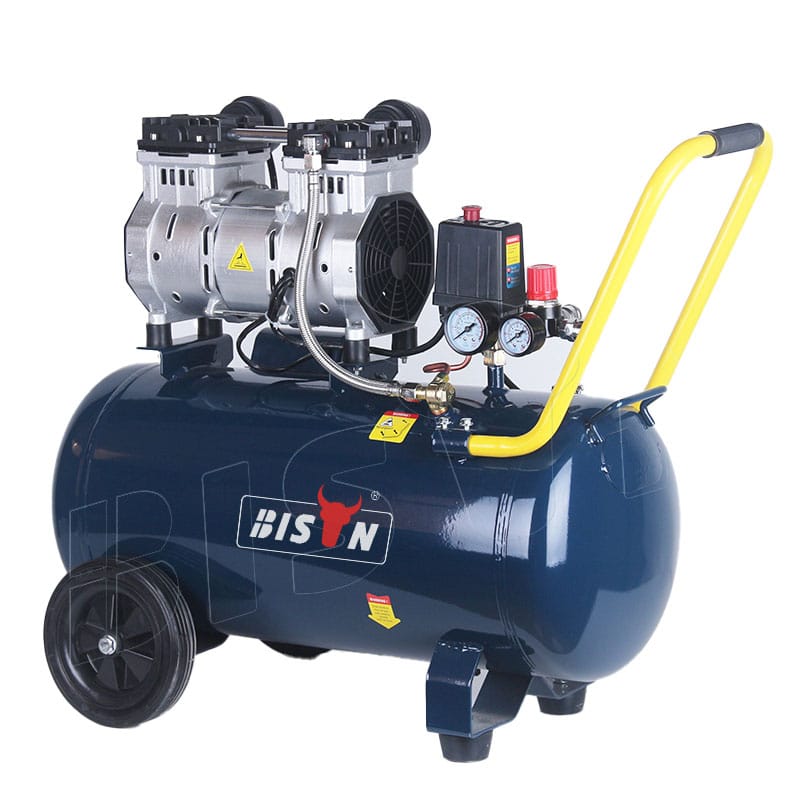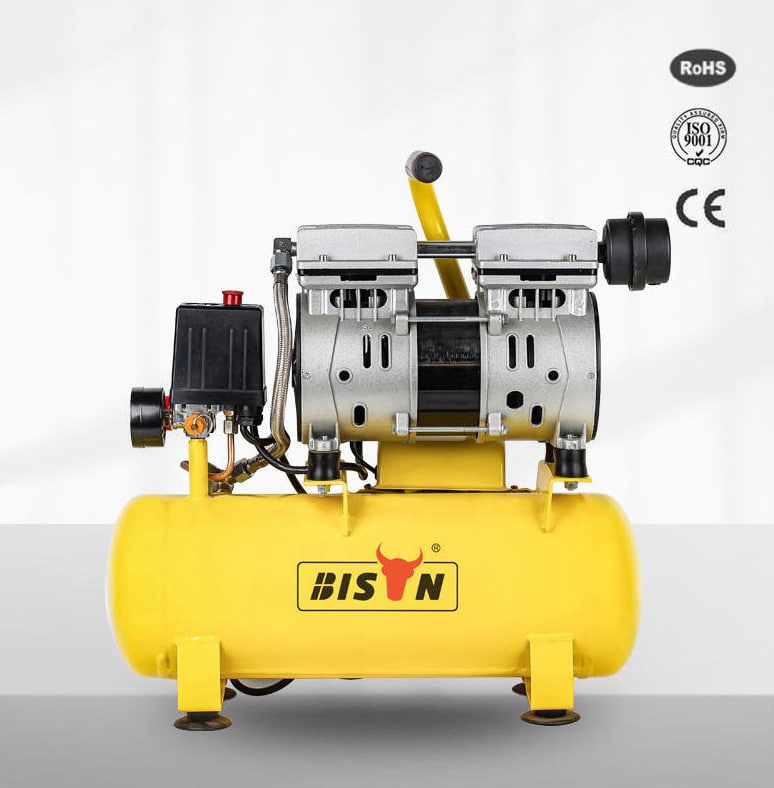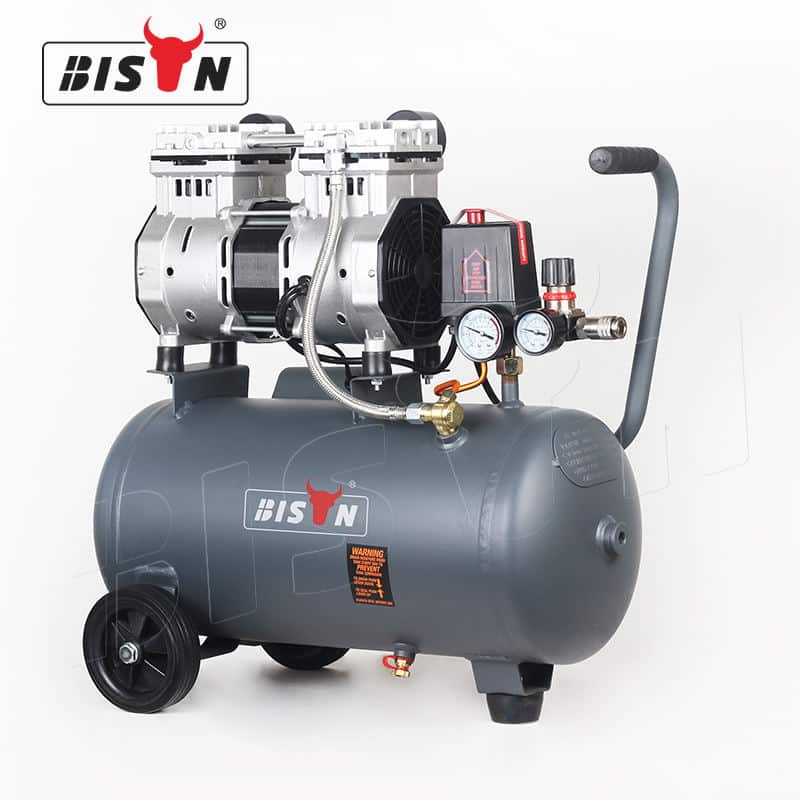air compressor repair
Why an air compressor will not build pressure (& how to fix it?)
- Feb 21, 2023
If your air compressor won’t build pressure, turn on the pump slowly. In worse cases, the unit may not work when air is in the compressor tank. We have seen many compression systems that have problems with pressure buildup. Most of the time, it is interesting that the causes of these problems are different. However, this guide will expand your technical skills and explain more ways to deal with stress.
Air compressor does not build pressure – Troubleshooting!

There are different circumstances that can cause an air compressor to fail to build pressure. Operators need to understand compressors and take the correct approach to repairing them. What do operators do when an air compressor fails to build pressure?
Check compressor inlet valve
In technical operations, troubleshooting is the first step to solving the problem. Intake valves can fail without warning. This is a common experience with mechanical equipment, even if they are newly installed.
A leaky inlet valve can cause pressure loss. Also, the air compressor only generates pressure when the intake valve is fully open.
The cylinder cannot receive air from the intake filter in a reciprocating air compressor with a defective intake valve. This failure occurs because the piston cannot generate any air for a complete compression cycle.
If there is air blowback, it means your compressor intake is defective. Depending on the design of your compressor machine, remove the intake filter and start the ignition. With your hand, you will feel the airflow coming out of the air intake.
Problem due to pressure valve
When a pressure valve fails, loss of torque and pressure is inevitable. Usually, the compressor piston makes up and down strokes. When the pressure in the cylinder increases, it forces the pressure valve to open.
This action results in the compression of the atmosphere. Without the pressure valve, the air would be out of pressure and unable to flow through the airline into the compression tank.
Diagnosing this fault with a pressure valve can be technical. When the pressure valve fails, air will flow out of the intake valve and into the compression stroke. The only challenge is when the piston returns to the intake cycle.
There is constant air loss from defective pressure valves. It is this instability that limits the increase in pressure in the compression tank.
When the pump valve fails to build pressure in the tank, it may not prevent the air compressor from running continuously. From the gauge, you’ll notice that the air pressure isn’t rising consistently.
Check pump piston rings
The compressor pump draws in the atmosphere through the intake valve. The unit also has a filter that restricts dust particles from entering the compressor sump. The rings of the compressor pump act as seals. They prevent excess oil from flowing into the compressor’s cylinders.
However, an air compressor not building enough pressure could be due to a defective ring in the pump. The pump will lose pressure and compressive strength when the ring is faulty. This condition usually reduces the pump’s efficiency to optimize compressed air production.
Typically, you can rebuild or replace a pump with worn seals. Besides you can confirm that both the pump and the rings are running fine, the valve plate seal could be the source of the leak.
Another way to detect ring pressure loss is air or oil coming out of the oil fill line. By regularly checking the air fittings, the operator can install them securely in the correct position. However, piston ring failure can affect other components within the cylinder.
When a piston is cycled with worn rings, the chance of metal-to-metal contact is unavoidable. A stuck air compressor piston is a common cause of pressure loss inside an internal combustion engine.
Check the compressor gasket
The gasket separates the pressurized airflow from the intake airflow. Over time, they break down. A broken gasket can prevent your compressor from reaching maximum pressure.
Problems caused by damaged compressor gaskets are similar to problems caused by damaged intake valves and faulty pressure compressor pump valves.
Therefore, you may experience a combination of these faults when you are having air compressor issues. If you have to take apart the compressor to find the source of the problem, it’s a good idea to replace all of these parts simultaneously.
Check the oil level
You should always be careful if you have an air compressor that uses this oil. The oil is the key to your machine; if not enough oil is used, your air compressor will stop producing pressure. Check the oil level and top up the right amount to resolve this issue. Ensure you don’t overflow the oil level to avoid other problems; you should only top it up to the recommended mark.
Check the pressure switch
Air compressor building pressure slowly or not at all? Possibly a faulty pressure switch. A defective air compressor cut-out switch can cause a malfunction. When the pressure switch fails, the air compressor runs erratically.
Typically, a pressure switch prevents the air compressor from exceeding its cut-off (optimum) pressure. It is an automatic sensor that protects the air compressor. Air compressors will start and stop continuously when the differential pressure reaches as little as 1 bar (14 psi).
The differential pressure of a compression system is the change between the cut-in and cut-out pressure. The faulty switch must be replaced if your air compressor can’t build pressure.
rebuild air compressor pump
If the pump fails to compress air, rebuilding the pump with a replacement kit (parts and seals) is the surefire way to fix the problem. You will need a high level of technical skills or hire a technician. Defective seals and other pump parts can prevent the system from compressing air. Since this process involves replacing kits, check out products with piston rings, seals and complete accessories.
air tank leaks
A leak in any part of an air receiver can result in a loss of approximately 50% of its total compressed air production. Other factors contributing to a leaking air tank include age, poor-quality materials, and loose hose connections.
Reset
Although it’s a mechanical device, and you won’t find it logical to reset it, it can work sometimes. To do this, you must turn it off and use the drain valve to empty the tank.
Afterwards, you must remove and clean the pressure valve. If you feel it is damaged, it will have to be replaced with a new one, after which you can get the correct pressure you expect from your air compressor without any trouble.
Conclusion
Every operator must be careful when an air compressor will not build pressure. Modern compressor brands such as BISON are equipped with sensors that activate a safe shutdown mode. The air compressor troubleshooting techniques we cover in this guide can help detect pressure loss.
If you have any enquiries about the BISON air compressor, we would love to hear from you.







